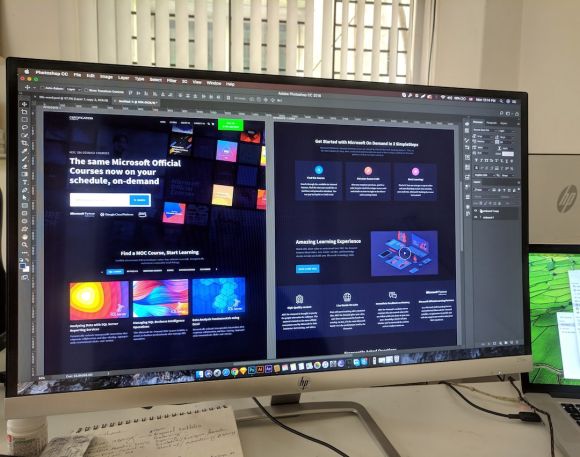Artificial Intelligence (AI) has revolutionized many industries, and one area where its impact is particularly significant is in User Experience (UX) design. With the help of AI, designers can now create highly personalized experiences for users, resulting in improved engagement and satisfaction. In this article, we will explore the ways in which AI is influencing personalization in UX design.
Understanding User Behavior through Data Analysis
One of the key benefits of AI in UX design is its ability to analyze large amounts of data and gain valuable insights about user behavior. By collecting and analyzing data from various sources such as user interactions, preferences, and demographics, AI algorithms can identify patterns and trends that can inform the design process.
With this data-driven approach, designers can better understand their users and tailor their designs to meet their specific needs and preferences. For example, AI algorithms can identify common user pain points and suggest design changes to address them. This level of personalization ensures that users have a seamless and enjoyable experience, leading to increased engagement and loyalty.
Dynamic Content Personalization
Another way AI is influencing personalization in UX design is through dynamic content personalization. Traditionally, websites and applications would present the same content to all users, regardless of their individual preferences or needs. However, with AI, designers can now create dynamic experiences that adapt in real-time based on user behavior and preferences.
For instance, AI algorithms can analyze user interactions and recommend personalized content based on their browsing history or previous interactions. This allows designers to deliver highly relevant and targeted content to each user, increasing the chances of conversion and retention.
Enhanced User Interfaces with Chatbots and Virtual Assistants
AI-powered chatbots and virtual assistants have become increasingly popular in UX design, providing users with a personalized and interactive experience. These intelligent conversational interfaces can understand natural language and provide instant responses to user queries or requests.
Chatbots and virtual assistants can also learn from user interactions and adapt their responses over time, providing a more personalized experience. For example, a chatbot can remember a user’s preferences and tailor its recommendations accordingly.
Improved Accessibility and Inclusivity
AI is also playing a significant role in improving accessibility and inclusivity in UX design. By leveraging AI technologies like computer vision and natural language processing, designers can create interfaces that are more accessible to users with disabilities.
For instance, AI algorithms can analyze images and provide alternative text descriptions for visually impaired users. Similarly, natural language processing can enable voice commands for users who have difficulty using traditional input methods.
Conclusion: The Future of Personalization in UX Design
As AI continues to advance, the possibilities for personalization in UX design are endless. With the ability to analyze user data, deliver dynamic content, and create intelligent interfaces, designers can create highly tailored experiences that cater to each user’s unique needs and preferences.
However, it is important to strike a balance between personalization and privacy. While AI enables designers to collect and analyze user data, it is crucial to respect user privacy and ensure that data is used responsibly.
In conclusion, AI is revolutionizing personalization in UX design, enabling designers to create intuitive and engaging experiences that make a lasting impression on users. By harnessing the power of AI, designers can create interfaces that understand and adapt to individual user needs, resulting in improved user satisfaction and business outcomes.





